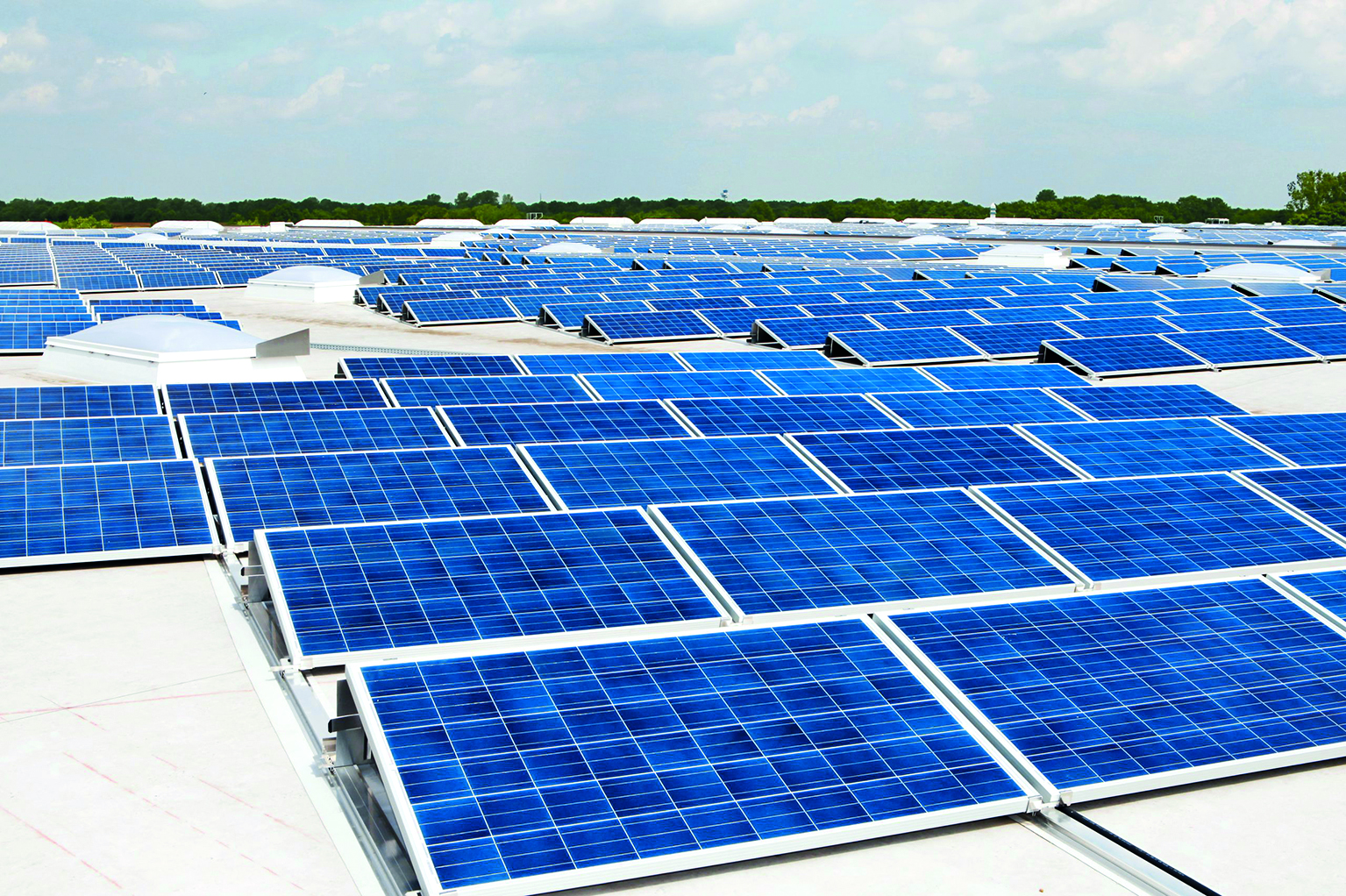India’s Interim budget focuses on green economy

New Delhi: In an effort to achieve net-zero carbon emissions, India will solarise rooftops of one crore households and provide viability gap funding for harnessing offshore wind energy potential with an initial capacity of one gigawatt, Finance Minister Nirmala Sitharaman said on Thursday.
Presenting the interim budget for 2024-25, she also said that the government will mandate the phased blending of compressed biogas (CBG) in compressed natural gas (CNG) for transport and natural gas (PNG) for domestic purposes.
The finance minister emphasised that the government would enable one crore households to obtain up to 300 units of free electricity every month through the rooftop solar programme.
This will result in savings of up to Rs 18,000 annually for households from free solar electricity and selling the surplus to distribution companies, Sitharaman said.
According to an analysis by the Council on Energy, Environment, and Water (CEEW), 20-25 gigawatts of rooftop solar capacity could be supported through the solarisation of one crore households.
With a coastline of about 7,600 km (mainland), India has a good potential for offshore wind energy generation. The initial assessment of offshore wind energy potential within identified zones has been estimated to be about 70 gigawatt off the coast of Gujarat and Tamil Nadu.
India stands fourth globally in renewable energy installed capacity, fourth in wind power capacity and fifth in solar power capacity, according to the International Renewable Energy Agency’s Renewable Capacity Statistics 2023.
The fast-growing South Asian nation will also set up coal gasification and liquefaction capacity of 100 MT by 2030, aiming to reduce imports of natural gas, methanol, and ammonia. The finance minister said that financial assistance would be provided for the procurement of biomass aggregation machinery to support collection.
The government will expand and strengthen the e-vehicle ecosystem by supporting manufacturing and charging infrastructure. Greater adoption of e-buses for public transport networks will be encouraged through the payment security mechanism.
India will also launch a new scheme of bio-manufacturing and bio-foundry to provide environmentally friendly alternatives such as biodegradable polymers, bioplastics, biopharmaceuticals and bio-agri inputs, Sitharaman said. “This scheme will also help in transforming today’s consumptive manufacturing paradigm to the one based on regenerative principles,” she said.
Under Blue Economy 2.0, a scheme for restoration and adaptation measures, coastal aquaculture and mariculture with an integrated and multi-sectoral approach will be launched.
The government has provided 10 crore LPG connections under the Pradhan Mantri Ujjwala Yojana in the last 10 years.
In an effort to promote electrical efficiency, 36.9 crore LED bulbs, 72.2 lakh LED tube lights, and 23.6 lakh energy-efficient fans have been distributed under the UJALA scheme, and 1.3 crore LED streetlights have been installed under the Street Light National Programme.
India has committed to achieving net-zero emissions by 2070 and 50 per cent cumulative electric power installed capacity from non-fossil fuel-based energy resources by 2030.



